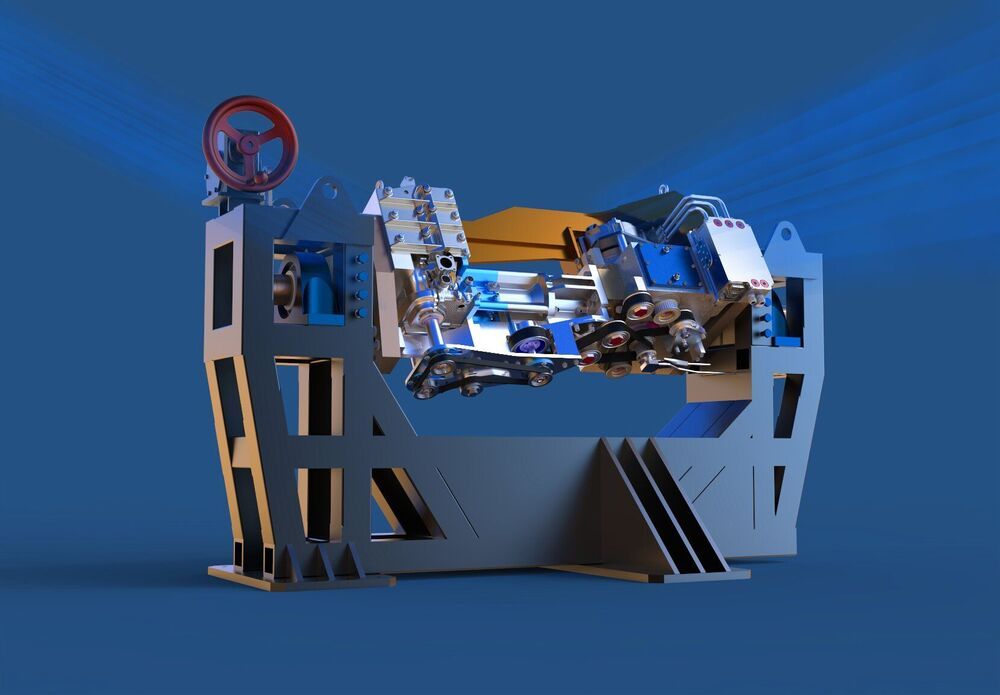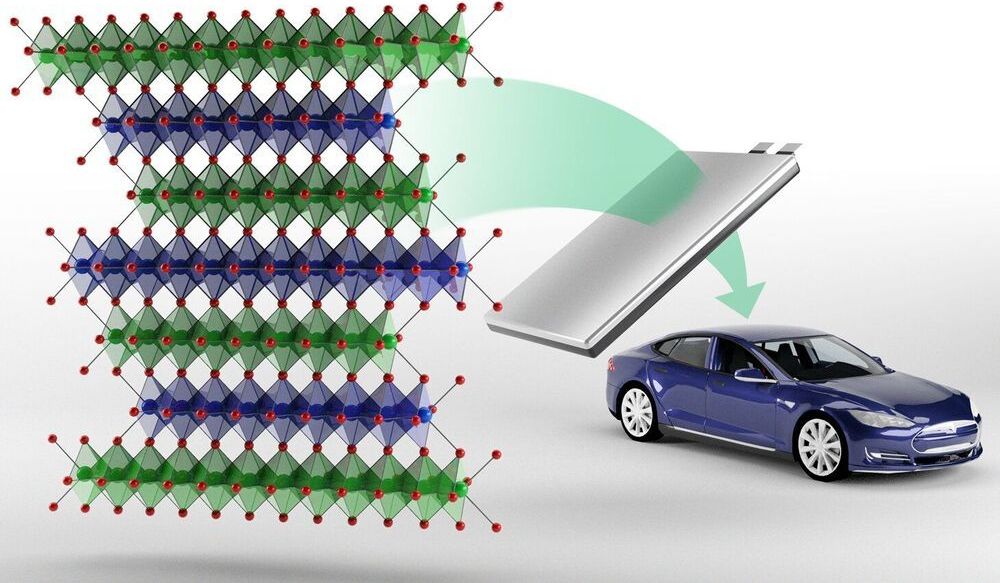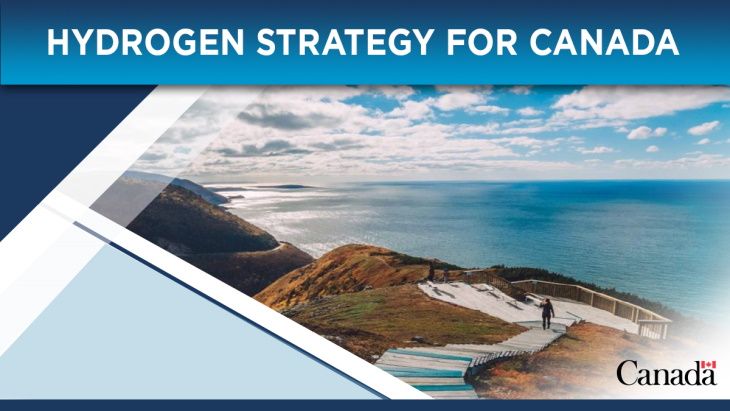There they go again. Just a few months ago the US Department of Energy tapped a startup called Group14 Technologies for a multi-million dollar R&D grant to usher in a new generation of high performance EV batteries, and now here comes Group14 with another $17 million in series B funding spearheaded by the South Korean battery expert SK Materials. If you guessed that means scaling up production for the mass market, you’re right on the money. The bigger question is why the Energy Department is determined to support the US electric vehicle industry, considering that White House policy has been aimed at supporting the US oil industry. Any guesses?
Category: energy – Page 288

‘We think we’ve found the answer’: The ‘Supercell’ that could bring safe energy storage to New York
New York has among the world’s tightest rules on fire safety and regular readers of this site will be aware that that has had a big impact on the ability to site lithium-ion based battery energy storage systems (BESS) within the boundaries of the state’s urban regions.
While the development of large-scale systems is taking place in less densely populated upstate areas of New York, commercial and industrial (C&I) battery storage, which has been used elsewhere around the country to help businesses manage their energy costs and the wider network to adopt greater shares of renewables, has not really been able to gain a foothold.
A couple of weeks ago the New York Power Authority (NYPA) — a public-benefit corporation which serves around 25% of the state’s electric load — began trialling an energy storage system using lithium batteries based around start-up Cadenza Innovation’s ’Supercell’ architecture. Wrapping individual cells into a protective housing, the technology is a low-cost way to prevent thermal runaway from cascading through a battery rack and causing fires.

New engine capability accelerates advanced vehicle research
In the quest for advanced vehicles with higher energy efficiency and ultra-low emissions, Oak Ridge National Laboratory researchers are accelerating a research engine that gives scientists and engineers an unprecedented view inside the atomic-level workings of combustion engines in real time.
The new capability is an engine built specifically to run inside a neutron beam line. This neutronic engine provides a unique sample environment that allows investigation of structural changes in new alloys designed for the environment of a high-temperature, advanced combustion engine operating in realistic conditions.
ORNL first unveiled the capability in 2017, when researchers successfully evaluated a small, prototype engine with a cylinder head cast from a new high-temperature aluminum-cerium alloy created at the lab. The experiment was the world’s first in which a running engine was analyzed by neutron diffraction, using the VULCAN neutron diffractometer at the Department of Energy’s Spallation Neutron Source, or SNS, at ORNL.

China’s electric car strategy is starting to go global – and the U.S. is lagging behind
It seems competition is increasing.
BEIJING – In a future driven by electric vehicles, China is poised to dominate if the U.S. does not transform its automobile industry in coming years.
While California-based Tesla captured popular attention for electric cars, national policy in Beijing encouraged the launch of several rivals in China, the world’s largest auto market. Already, sales of electric cars and other new energy vehicles hit a record in September in China. Even Tesla launched a factory there last year, and is planning to sell made-in-China cars to Europe.
Powering it all are electric batteries – of which two Chinese companies, Contemporary Amperex Technology (CATL) and BYD, account for about a third of the global market, according to UBS. All six of the major battery manufacturers identified by UBS are Asian.
Why the US is Losing the New Arms Race
Interesting…
The United States is the sole military super power in the world, but that may not last for long. Other nations are catching up in the new arms race and have dedicated massive military budgets to developing hypersonic missiles! How can the US defend against such high impact and evasive missiles? You’ll have to watch today’s new video to find out if the US has an answer of it’s own.
🔔 SUBSCRIBE TO THE INFOGRAPHICS SHOW ►
🔖 MY SOCIAL PAGES
TikTok ► https://www.tiktok.com/@theinfographicsshow.
Discord ► https://discord.gg/theinfographicsshow.
Facebook ► https://www.facebook.com/TheInfographicsShow.
Twitter ► https://twitter.com/TheInfoShow.
💭 SUGGEST A TOPIC

New class of cobalt-free cathodes could enhance energy density of next-gen lithium-ion batteries
Oak Ridge National Laboratory researchers have developed a new family of cathodes with the potential to replace the costly cobalt-based cathodes typically found in today’s lithium-ion batteries that power electric vehicles and consumer electronics.
The new class called NFA, which stands for nickel-, iron-and aluminum-based cathode, is a derivative of lithium nickelate and can be used to make the positive electrode of a lithium-ion battery. These novel cathodes are designed to be fast charging, energy dense, cost effective, and longer lasting.
With the rise in the production of portable electronics and electric vehicles throughout the world, lithium-ion batteries are in high demand. According to Ilias Belharouak, ORNL’s scientist leading the NFA research and development, more than 100 million electric vehicles are anticipated to be on the road by 2030. Cobalt is a metal currently needed for the cathode which makes up the significant portion of a lithium-ion battery’s cost.

Canada launches strategy to become global hydrogen leader
The Canadian government has launched a strategy that sees low-carbon and zero-emission hydrogen fuel technology as a key part of the nation’s path to net-zero carbon emissions by 2050. The strategy is underpinned by a federal investment of CAD1.5 billion (USD1.2 billion) in a Low-carbon and Zero-emissions Fuels Fund to increase the production and use of low-carbon fuels, including hydrogen.
“Hydrogen’s moment has come. The economic and environmental opportunities for our workers and communities are real. There is global momentum, and Canada is harnessing it,” Minister of Natural Resources Seamus O’Regan said as he a launched the strategy on 16 December.
Hydrogen Strategy for Canada is designed to spur investment and partnerships to establish Canada as a global supplier of hydrogen and to increase domestic production. This will transform the Canadian energy sector, NRCan — the federal department of natural resources — said.

India Is Building a Green Energy “Megapark” the Size of Singapore
India just laid the foundations for what officials are claiming will be the world’s largest renewable energy park. The gigantic project, in the Kutch region of western Gujarat, will cover an area of 180, 000 acres — an area roughly the size of Singapore, as Agence France-Presse reports.
Once finished, the park will produce 30 gigawatts of electricity from both wind turbines and solar arrays, thereby cutting carbon dioxide emissions by up to 50 million tons per year. For perspective, the protagonists in the 1985 film “Back to the Future” needed to generate a staggering 1.21 gigawatts of power to activate their time machine — and this new facility will produce more than 24 times that figure.
“The hybrid renewable energy park will be largest in the world and generate 30, 000 megawatts of power,” prime minister Narendra Modi said during the park’s official inauguration, according to AFP.
Take a look at these houses made out of wooden LEGO-like bricks
Have you ever dreamed of building an actual house using your very own grown-up, sustainable version of LEGO? Meet Brikawood, the company making that dream a reality and transforming the modular home business.
Brikawood creates wooden bricks that interlock to create walls. This allows builders to assemble and disassemble an entire home without the use of glue, nails or screws. The wood-brick walls then get filled with wood shavings left over from the manufacturing of Brikawood bricks. These insulate both temperature and sound, which improve energy efficiency and peace of mind.
The company’s bricks are made out of wood harvested from quick-growing Douglas fir trees. The trees are sourced from sustainable forests and certified as eco-friendly. Since the wood shavings produced by the manufacturing of the bricks are used as insulation, the entire Brikawood production results in nearly zero waste.

‘Heat Ray’ And ‘The Voice Of God’: My Experience With The Nonlethal Weapons Eyed For Use In D.C. Protests
“During the summer disturbances in Washington, D.C., a top local military police officer asked the D.C. National Guard about deploying two military systems that seem to come out of science fiction. One, the Active Denial System (ADS), makes the target’s skin feel like it’s on fire. The other, called the Long Range Acoustic Device (LRAD), directs intense sound in a narrow cone. The sound is so clear and so powerful that it was nicknamed “the voice of God.” I encountered both systems, one at Quantico, Virginia, the other in Falluja, Iraq. Here’s what I saw.”
DOD has two crowd control systems that are straight out of science fiction. One uses direct energy to create a burning sensation on exposed skin. The other is so loud that it sounds like the voice of God.